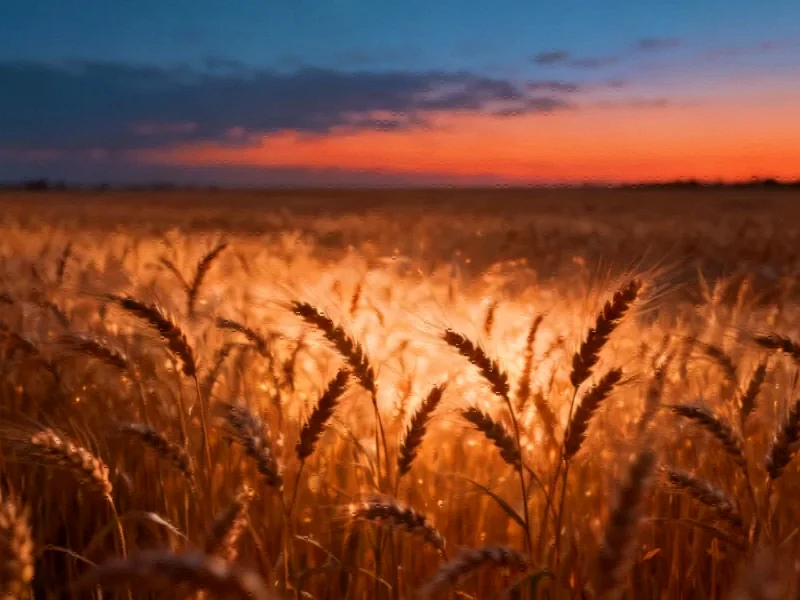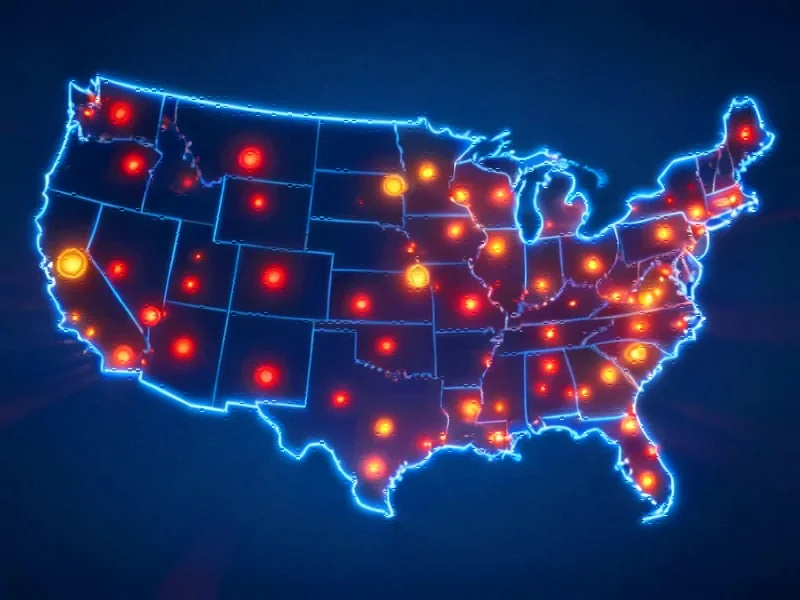Revolutionizing Climate Prediction with Explainable AI
In a groundbreaking scientific advancement, researchers have developed the first machine learning algorithm specifically designed to predict Arctic stratospheric ozone loss by analyzing the dynamics of the stratospheric polar vortex. This innovative approach bridges a critical research gap in understanding how extreme stratospheric vortex (ESV) events during late winter and early spring contribute to ozone depletion—a phenomenon with significant implications for global climate patterns and UV radiation exposure.
The algorithm represents a paradigm shift in climate modeling, moving beyond traditional statistical methods to leverage explainable machine learning techniques that can interpret the complex relationship between vortex morphology and ozone concentration. By training on decades of observational and reanalysis data, the system can now be integrated into bias-corrected climate models, including those from the Coupled Model Intercomparison Project (CMIP), to project future Arctic ozone loss scenarios with unprecedented accuracy.
Comparative Analysis Reveals XGBoost Superiority
Researchers rigorously tested three distinct machine learning models—XGBoost, Decision Tree (DT), and Multilayer Perceptron (MLP)—to identify the optimal algorithm for ozone prediction. The comprehensive evaluation, based on ten different random seeding values, demonstrated clear performance differences that highlight the importance of model selection in climate forecasting applications.
XGBoost emerged as the undisputed champion, achieving a remarkable coefficient of determination (R²) score of 0.80, meaning it explains 80% of the variance in ozone observations. The model also recorded the lowest error metrics with a root mean square error (RMSE) of 16.78 and mean absolute error (MAE) of 13.01, while demonstrating the strongest correlation (0.91) with actual measurements. Most impressively, XGBoost showed the lowest standard deviation across all metrics when tested with different random seeds, indicating exceptional stability and reliability—a crucial characteristic for long-term climate projections.
Decision Tree performed poorest in the comparison, while MLP showed moderate performance but couldn’t match XGBoost’s precision and consistency. These findings align with related machine learning breakthroughs in environmental science that demonstrate the superiority of ensemble methods for complex atmospheric modeling.
Validating Performance Through Multiple Metrics
The research team employed multiple validation approaches to thoroughly assess the algorithm’s predictive capabilities. Taylor diagram analysis confirmed the performance hierarchy, with XGBoost positioned closest to the reference point representing perfect correlation and zero standard deviation. Additional comparisons using interannual variability of ozone standardized anomalies, frequency distributions, scatter plots, and time series analysis further reinforced XGBoost’s superior performance across the testing period from 2016 to 2024.
Standardized anomaly analysis revealed that the algorithm successfully captures both negative and positive anomaly indices, closely following observed trends in most years. The model demonstrated particularly strong alignment in 2021, 2022, and 2023, with minor deviations in earlier years and more significant discrepancies in 2019 and 2024. This performance pattern suggests the algorithm effectively learns the underlying physical relationships while occasionally struggling with extreme atmospheric conditions outside its training distribution.
Capturing Extreme Events and Limitations
The frequency distribution and scatter plot analyses revealed both strengths and limitations in the algorithm’s predictive capabilities. While the model shows strong correlation (0.91) between predicted and observed values and accurately reproduces central tendency, it encounters challenges with extreme ozone concentrations, particularly values in the 460-500 Dobson Unit (DU) range.
Notably, the algorithm demonstrated encouraging performance during the unprecedented 2020 Arctic ozone hole event. When ozone values dropped below 220 DU at specific locations within the polar vortex, the algorithm’s predictions for polar cap averages (60-90°N) closely tracked observations, with yellow data points in scatter plots clustering near the reference line. On March 17, 2020, predicted and observed values were virtually identical, demonstrating the model’s capacity to capture significant ozone depletion events despite working with spatially averaged data.
This capability aligns with advanced analytical approaches in other scientific domains that extract meaningful patterns from complex biological and environmental systems.
Robustness Testing Confirms Model Reliability
To validate the algorithm’s stability and generalizability, researchers conducted rigorous sensitivity tests. In the first test, they randomly removed five years from the 1985-2015 training period across 100 iterations, with the model maintaining consistently strong performance (R²: 0.79±0.00, RMSE: 17.13±0.35). Even more impressively, when trained exclusively on data from 1985-2000 and tested on the independent 2016-2024 period, the algorithm maintained reasonable skill (R²: 0.77±0.00, RMSE: 17.65±0.16), demonstrating its ability to generalize across temporal domains.
This temporal robustness suggests the algorithm has learned fundamental physical relationships rather than merely memorizing temporal patterns, providing confidence in its application to future climate scenarios. Such methodological rigor reflects cutting-edge technological developments in computational modeling that prioritize both accuracy and generalizability.
Implications for Future Climate Projections
The development of this explainable machine learning framework represents a significant advancement in climate science methodology. By explicitly linking stratospheric polar vortex dynamics to ozone variability, the algorithm provides researchers with an interpretable tool for understanding the physical mechanisms driving ozone depletion. This transparency is crucial for building trust in AI-driven climate projections and informing policy decisions.
As Arctic ozone depletion may persist or intensify through the end of the century, this approach offers a valuable methodology for interpreting future climate model outputs. The algorithm’s design allows integration with existing climate models, potentially enhancing their predictive capabilities for stratospheric ozone dynamics. This innovation complements recent technology advances in environmental monitoring and represents a convergence of artificial intelligence with atmospheric science.
The research demonstrates how machine learning can extract meaningful insights from complex atmospheric processes, potentially extending to other climate phenomena beyond ozone depletion. As with related innovations in chemical database development, this work highlights the power of computational approaches to advance our understanding of environmental systems.
Looking forward, the methodology establishes a foundation for more sophisticated climate forecasting tools that can adapt to evolving atmospheric conditions. The field continues to benefit from industry developments in computational power and algorithmic sophistication, suggesting even more accurate climate projections may be on the horizon. Similarly, market trends toward more interpretable AI systems across scientific domains will likely influence future climate modeling approaches.
This research not only advances our specific understanding of Arctic ozone dynamics but also demonstrates how machine learning can transform our approach to complex environmental challenges, potentially leading to more effective climate mitigation strategies and improved understanding of atmospheric processes in a changing world.
This article aggregates information from publicly available sources. All trademarks and copyrights belong to their respective owners.
Note: Featured image is for illustrative purposes only and does not represent any specific product, service, or entity mentioned in this article.



